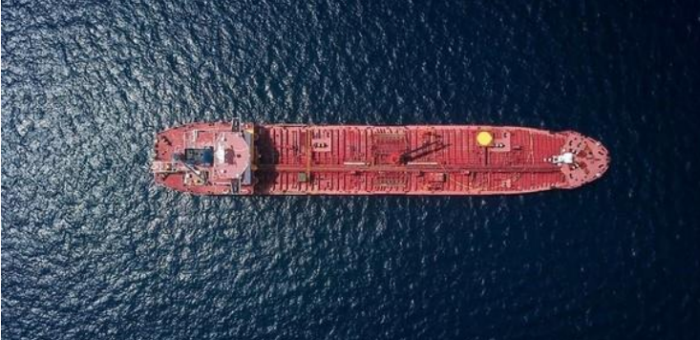The Sustainable Shipping Initiative (SSI) released a report addressing possible affordable zero-emission fuels, against a background of poor financial returns and a global requirement to keep transport costs low.
The shipping industry needs to find affordable zero-emission fuels, amid poor financial returns and a global requirement to keep transport costs low. In this light, biofuels present the most affordable option for shipping, though great challenges still remain regarding the production and sustainability of biofuels.
[smlsubform prepend=”GET THE SAFETY4SEA IN YOUR INBOX!” showname=false emailtxt=”” emailholder=”Enter your email address” showsubmit=true submittxt=”Submit” jsthanks=false thankyou=”Thank you for subscribing to our mailing list”]
The report also examines electric power and hydrogen fuel cells, and takes note of the upstream CO2 emissions which need to be addressed as these fuels will have to be judged on an environmental performance from “well to wake,” and not just on shipping emissions. As shipping is now trying to align with the Paris Agreement, land-based technologies and energy production can decrease upstream emissions for ships fuel.
Stephanie Draper, Chief Change Officer for Forum for the Future and co-chair of the SSI, noted:
The report makes clear that the technology is with us today, but investment is needed both to bring the technology to scale and to encourage a wider take-up. The shipping industry will need multiple solutions, and investment for different technologies – not just biofuels – to reach beyond fuel efficiency to decarbonisation.
In the report, the SSI outlines biofuels in 2018 to assess the viability of biofuels for the world fleet. As Tom Holmer, General Manager of the SSI mentioned:
Biofuels represent a stepping stone to further emissions reduction. Alternative marine fuels provide a huge opportunity for creating value and finding sustainable solutions. The SSI will continue to look at the whole value chain and this report highlights that the next ten years will see huge changes in the way ships are fuelled.
You can see more details in the following PDF






























































